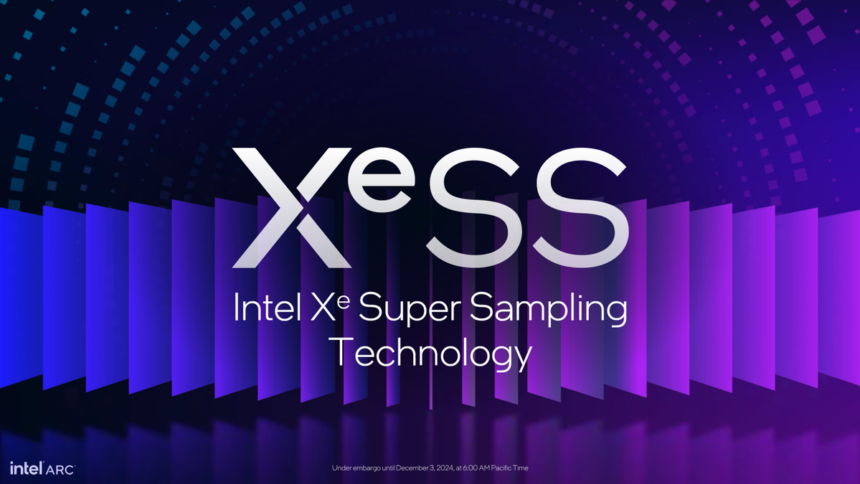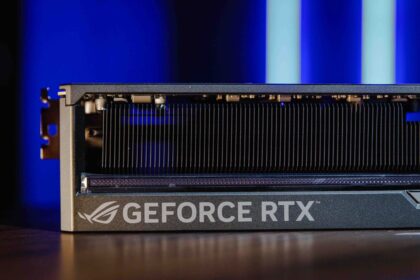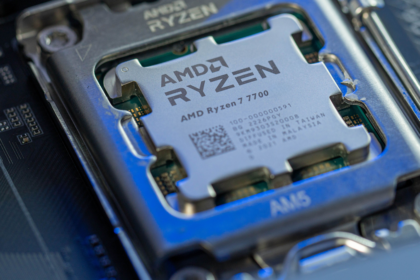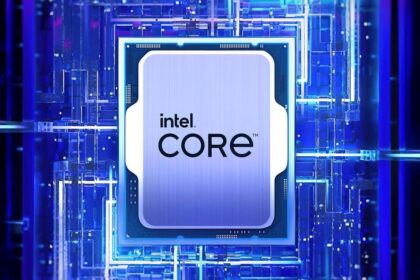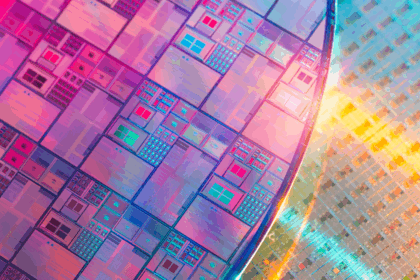Intel has taken a leap forward in the graphics card market by announcing its next-generation Arc Battlemage GPUs this week. Alongside the hardware launch, the company introduced the latest version of its image resizing technology, XeSS 2, which includes enhancements for gaming performance and a proprietary frame generation system.
This new feature positions Intel to compete with NVIDIA DLSS 3 and AMD FSR 3, with a notable distinction: Intel’s frame generation technology, like NVIDIA’s, is proprietary and exclusive to its Arc Alchemist and Battlemage GPUs. This exclusivity stems from its reliance on XMX cores—a unique architecture component of Intel’s GPUs.
One of the standout advancements in XeSS 2 is the improvement in Xe Super Resolution (its upscaling technology). In tests, it achieved a remarkable 3.9x boost in performance (FPS) in F1 24 when running the upscale in ultra-performance mode at 1440p resolution on the new Arc B580, compared to native gameplay.
Since XeSS 2 is tailored exclusively for Intel’s Arc GPUs, direct comparisons with AMD and NVIDIA technologies weren’t provided, as testing across different hardware platforms isn’t feasible. This proprietary approach, however, underscores Intel’s commitment to creating a robust ecosystem that maximizes the capabilities of its GPUs.
Lower latency in games
Intel has introduced another noteworthy feature with its Arc Battlemage GPUs: XeLL (Xe Low Latency). This technology is designed to reduce input latency in games, much like AMD’s Anti-Lag and NVIDIA’s Reflex. According to Intel, XeLL can deliver up to a 45% reduction in latency in F1 24 when running at 1440p with ultra graphics settings.
In addition to developer implementation, XeLL can also be enabled directly through drivers, similar to AMD’s approach with Radeon Boost, offering players more flexibility to enhance their gaming experience.
Intel’s XeSS 2 will debut with 10 games, including the highly anticipated Assassin’s Creed: Shadows, set to release in February 2025. The full list of initially compatible titles includes:
- Assassin’s Creed: Shadows
- Harry Potter Quidditch: Champions
- Robocop: Rogue City
- Like A Dragon: Pirate Yakuza in Hawaii
- Dying Light 2: Stay Human
- F1 24
- Ascendant
- Marvel Rivals
- Killing Floor III
- Citadels
Overall, Intel XeSS continues to expand its footprint, now supporting over 150 games. With XeSS 2, Intel is delivering even better results, sometimes outperforming AMD’s FSR in specific scenarios, further solidifying its position in the gaming performance landscape.

